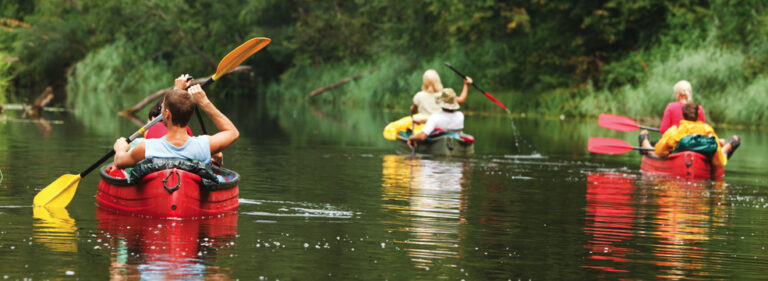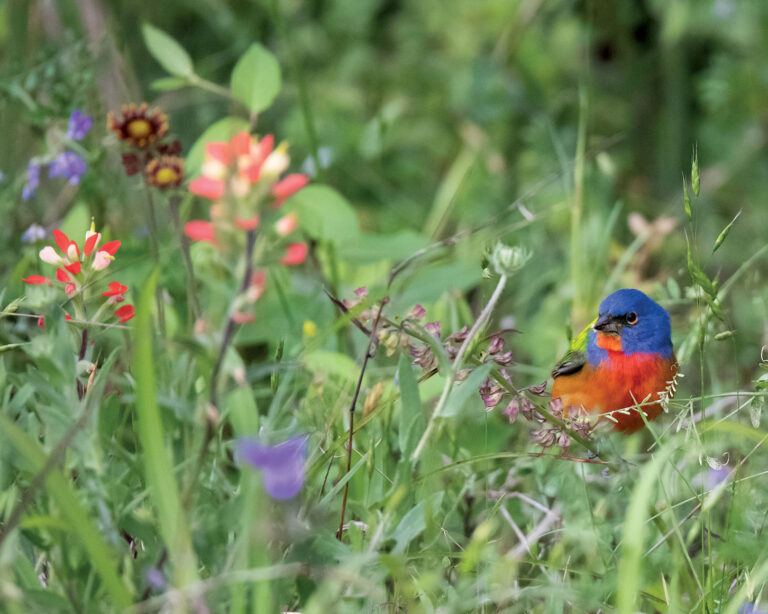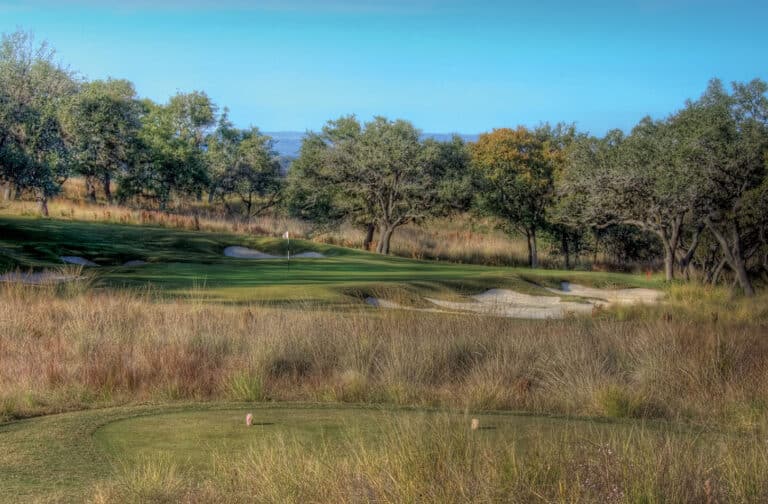Imagine yourself running the Guadalupe River with a bunch of friends or family members. You take a break from the constant downstream action to get out and stretch. When you turn your attention back to the river, reality hits, your group has already disappeared out of site.
Many river trips consist of small groups of boaters who don’t often boat together. Whether or not you boat together often, it is a good idea to have a safety discussion before launching. There are at least three topics that should be discussed before each launch: river hazards, river signals and group dynamics.
The most important issue to discuss is “what are the hazards on the run?” Hazards include trees, holes, waterfalls, etc. That is, any river feature that could potentially cause you to have a bad day. Club outfitter staff will help identify potential river hazards for you before launching you on your trip, but it’s a better idea to try and educate yourself and others to these potential hazards.
Next on the agenda, boaters should adopt some formula for hanging together. I like the policy where everyone keeps visual contact with the next boater to the rear. This allows the group to spread out when desired, while giving everyone the confidence that they won’t be left running a rapid solo. Other recommendations include appointing a lead and a sweep, which works well when some members of the group are pushing their abilities. The worst policy is “every man for himself.” Let’s avoid that one.
Finally you want to make sure that everyone uses a common set of visual signals for communicating on the river. The American Canoe Association (ACA) has endorsed a set of Universal River Signals and they serve as a good place to start. These signals have the advantage that they are known to paddlers around the world and in all paddle sports.
The most important signal to know is EMERGENCY. Waving your hands frantically, waving a paddle over your head, or three long blasts on a whistle are universally accepted distress signals. If you notice anyone using this signal you should stop what you are doing and lend a hand.
When using signals to communicate hazards on the river, the basic concept is “Don’t point at the hazard.” To signal STOP, form a horizontal bar with your hands or paddle and move it up and down for attention. To indicate ALL CLEAR, form a vertical bar with your paddle or with one arm held high. To signal direction or a preferred course through a rapid around an obstruction, lower the previously vertical signal toward the direction of the preferred course.
You don’t have to be limited by these signals, they can be changed (slightly) or augmented to create a more complete language. The important thing is to talk about them and let everyone in the group know what the signals are.
The main point is to talk about the run before you start. If you are new to the river be sure to let others know what your skill level is. Have fun, be safe and enjoy the beautiful Guadalupe River!
Shane Reynolds
Outdoor Recreation Director
The Clubs of Cordillera Ranch






